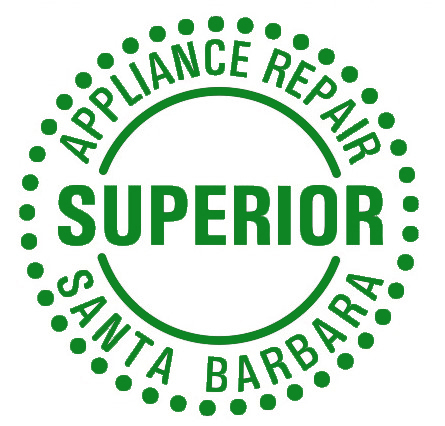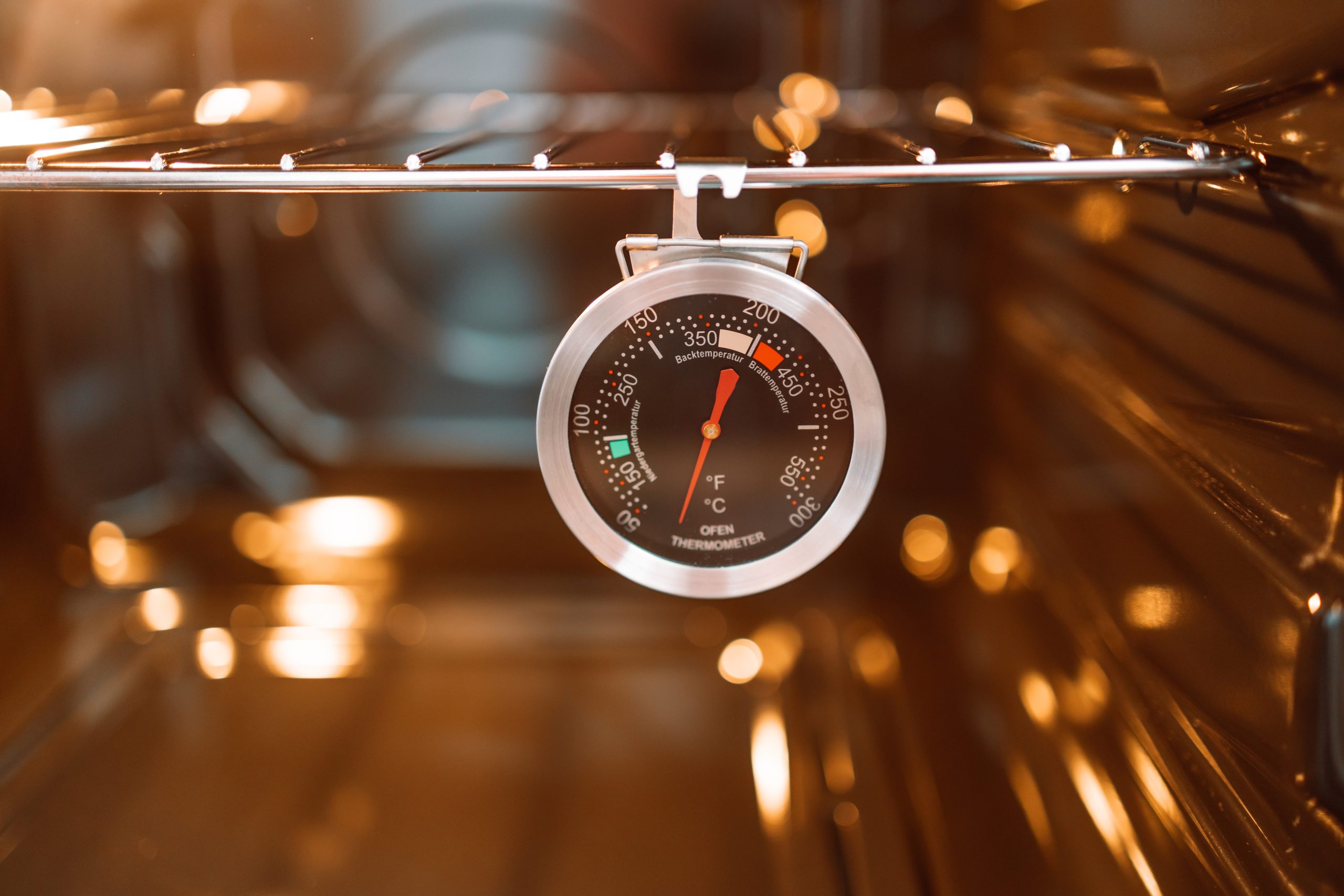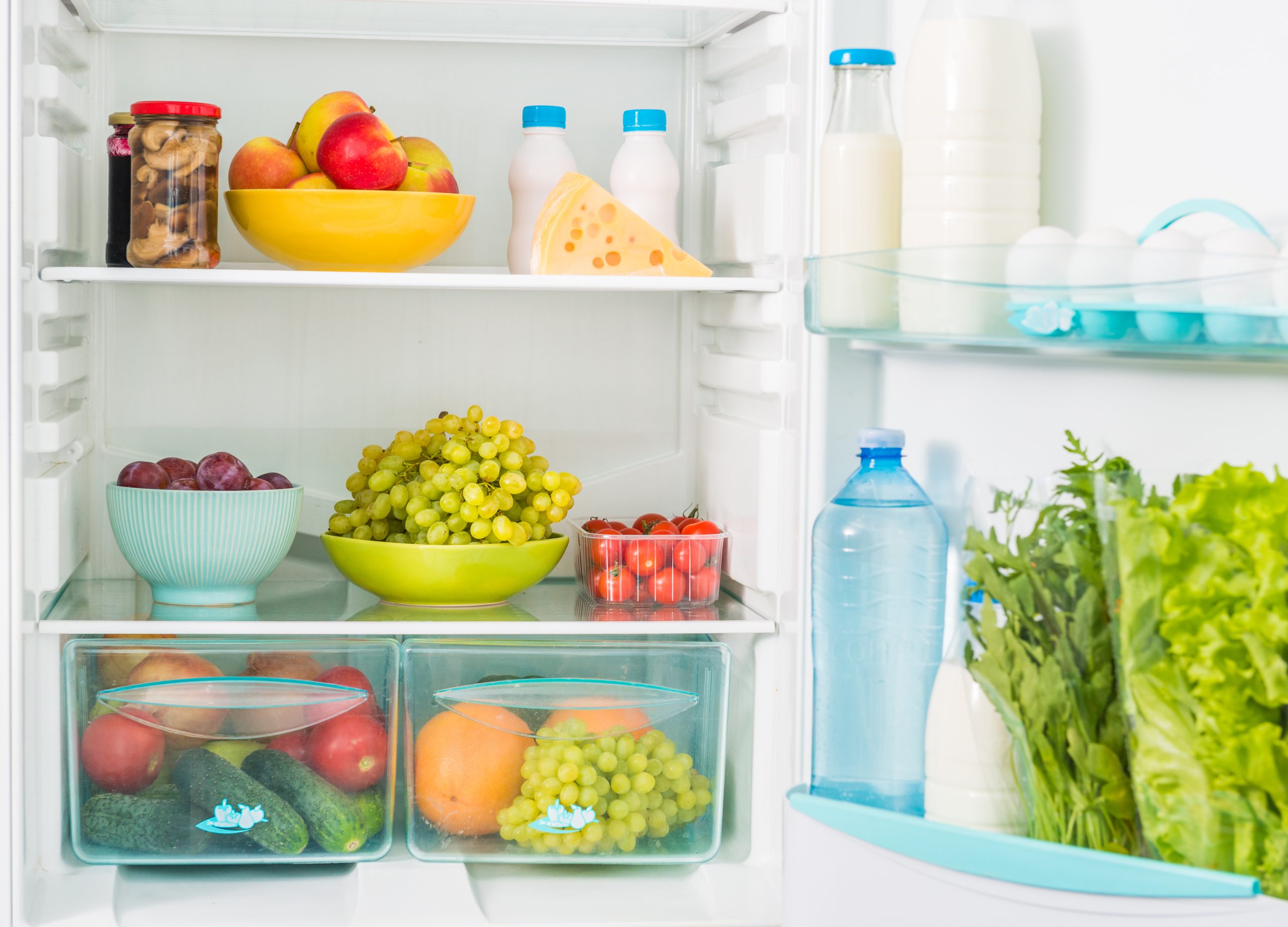Your commercial kitchen can’t prepare or serve your full range of menu options without ice. Even if recipes don’t require ice, most customers require ice in their beverages. The tips below will help you take a proactive approach to keeping your ice machine running smoothly. This includes looking out for the signs it’s time for commercial ice maker repair.
The Importance of Preventative Maintenance
To minimize the likelihood of emergency repairs, set your appliance up for scheduled preventative maintenance. Maintenance is also key to extending the lifecycle of your appliances. Commercial appliances are expensive, so maintenance is worth the investment.
Factors such as age, brand, and volume of use will determine how often to schedule preventative maintenance. For most, this is every quarter. For lower-volume use, twice per year.
For your fridge, freezer, and ice machine, this includes:
- Check condensing unit
- Condensing unit cleaning
- Check the evaporator fan/coil/unit
- Evaporator fan/coil cleaning
- Check for indications of refrigerant leaks
- Recommendations for corrective actions
- And more
Cleaning Your Ice Machine
Although they are lined with bacteria-resistant materials, emptying and sanitizing appliances on a regular basis are required. FDA regulations state that ice must be stored and handled like food. This means that ice machines must be cleaned at least every 2 to 4 months.
Clean and sanitize as directed in your owner’s manual. Some ice makers have self-cleaning features to clean the internal lines. However, there are likely to be at least a few parts that need to be removed to clean and sanitize by hand.
Ensure your cleaning solution is manufacturer-approved and properly diluted. Also, make sure that your machine and parts are dry before you install them or turn the machine back on.
For efficiency, you may want to clean your machine before or after operating hours. If you clean before or during, be mindful that it will take a few hours for the ice to fill back up. To ensure you can keep up with ice demand during and directly after cleaning, empty some of the ice into food-safe containers.
Now let’s dive into a few signs you require ice maker repair.
#1 An Odd Noise
Ice machines buzz but be mindful if it is buzzing louder or more frequently—or if it’s making a noise, you’ve never heard before. Increased buzzing is sometimes caused by a shift in your flooring. Don’t ignore this though, as shifted flooring could be a sign of a leak or other flooring issues.
You may also hear your ice machine click on and off, the sound of water streaming into the freeze chamber, and the sound of ice cubes falling after they freeze.
If a new or louder noise begins, call for a professional inspection. If something is awry, the sooner we catch it the better.
#2 Pooling Water
Restaurants and kitchens get wet, but be mindful of any areas of pooling water—especially around sinks, refrigerators, freezers, and your ice maker. The appliance repair need isn’t your only concern, as a leak that isn’t addressed quickly can damage your floorboards and baseboards.
It’s not uncommon for cubes to fall on the floor while scooping them out, so a small pool of water may be one you initially ignore. So, you and your kitchen staff must keep a close eye.
Another sign of a leak is larger than usual ice cubes. Producing larger cubes is a secondary problem. If they are too large for too long, it can cause premature wear and tear—so don’t delay repair.
#3 Slushy Cubes
Slushy cubes are another sign it’s time for ice maker repair. Unless someone forgets to close the door (which is a hygiene concern) or the door didn’t close fully, your cubes should be frozen solid. If your door isn’t closing fully, the seal could be dirty or damaged or the door or its hinges could be damaged.
If the door isn’t the issue your compressor may be malfunctioning. The compressor plays a large role in keeping your appliance at the proper temperature. If it’s malfunctioning, you are likely to have slushy or dripping cubes.
#4 Slow Output
Aside from the occasional ice jam and times of high demand, your ice machine should remain full. If ice jams are occurring frequently or your output has slowed down, something is certainly wrong.
Not to mention, the increased sanitation concern of a deep reach. The further you and your team must reach to scoop out your ice, the more risk there is of internal contamination.
#5 Unpleasant Odor or Taste
Ice should be entirely odor-free and should taste exactly like your local water. If the smell or taste are off even a tiny bit, there is cause for concern. In addition to the fact that it will negatively impact the taste of your beverages, there is likely to be a health and sanitation concern.
Stop using your ice immediately, and check to see when the last time you cleaned and sanitized your machine was. If it’s been longer than your manufacturer-advised sanitation schedule (between 2 and 4 months) clean and sanitize ASAP. If you are current with cleaning, it’s time for ice maker repair.
#6 Too Hot or Too Cold
If your ice machine is working but the exterior is hot to the touch, there could be a problem. When your kitchen is excessively hot or humid, it will cause many of your appliances to work in overdrive to remain at temperature. This can burn them out years before the average lifespan.
If your commercial kitchen is at an adequate temperature and the exterior is hot to the touch, something may be wrong internally.
On the flip side, if your water lines are frozen something is also in need of repair.
Searching For Ice Maker Repair Near Me in Santa Barbara?
Superior Appliance Repair provides both commercial and residential appliance repairs. We can advise on your preventative maintenance schedule and perform same-day and emergency after-hours repairs.
Our service vans and local shop are stocked with the parts required to complete most repairs without delay. Call, text, or email to learn more!









